BY DOT BUNN
Ayn Rand wrote, “Art is a selective recreation of reality.” These are words that I paint by. Nature is an endless source of inspiration but it always comes with too much information. My challenge is to distill an image from the complexity of nature while eliminating what is not essential. The recreation of reality doesn’t happen by simply copying what you see, and the poetry of light does not reflect off a photograph. You need to make intelligent choices.
Thinking it Through
Through the deliberate selection of composition, color, calligraphy of hand and final presentation, the work becomes individual. I strive to paint a mirror of my sense of life. If I am confused about what I want to communicate or too clichéd in the imagery, the work will have nothing worth contemplating. Every year our lives become richer with experience and through that filter art is created. When someone views a work of art there needs to be a connection between their understanding of life and the artist’s expression of life.
Balance and Control
Painting completes me and satisfies a persistent need to create, but the drama of uncertainty in developing a painting does not appeal to me. My nature wants balance and control in my work. Everything about the process of making a painting is a seductive challenge, but it needs to be built on a foundation of rules and guidelines. Although I believe that rules in art are routinely broken with success, there are certain canons of good design and color that form the foundation for great work.
Learning from the Past
My compositions are based on the Golden Mean and the Rectangles of the Masters. Many of the great works of the past conform to these proportions, which were first identified by the ancient Greeks. After studying and copying works of eighteenth and nineteenth century English portrait painters I found that consistent measurements were used to ensure a pleasing result.
These gifted painters did not act simply out of random enthusiasm. It is through acquired skill that we have the ability to bring forward what we visualize in our imagination. Acquiring skill takes time and work. One of the wonderful aspects of being an artist is that the learning never stops.
Interpreting Reality
It is not the subject itself that is interesting but the way in which the artist chooses to interpret it. With very few exceptions, all of my paintings are of places and things that I have actually experienced. During the process of creating a work of art the unexpected happens in color and design possibilities. From these suggestions I choose what will or will not complement my intent. Art is a science of mathematics, aesthetics and psychology all rolled into one. To be successful, both the mind and heart of the artist need to be engaged.
Getting Started
I start with what I call a scribble drawing. This is a very loose sketch that helps me find the internal movement and dominant angles in the work. This drawing needs to be refined with additional drawings. If the initial design is not good, no amount of color or bravado brushwork will fix it later. The act of drawing also establishes an intimacy with the subject that will guide me throughout the painting.
The better you know your subject the easier it will be to interpret it in paint. Sometimes I do a simple thumbnail value study to aid in the transfer from line to mass. Then I start painting with a monotone wipeout image to secure the light mass.
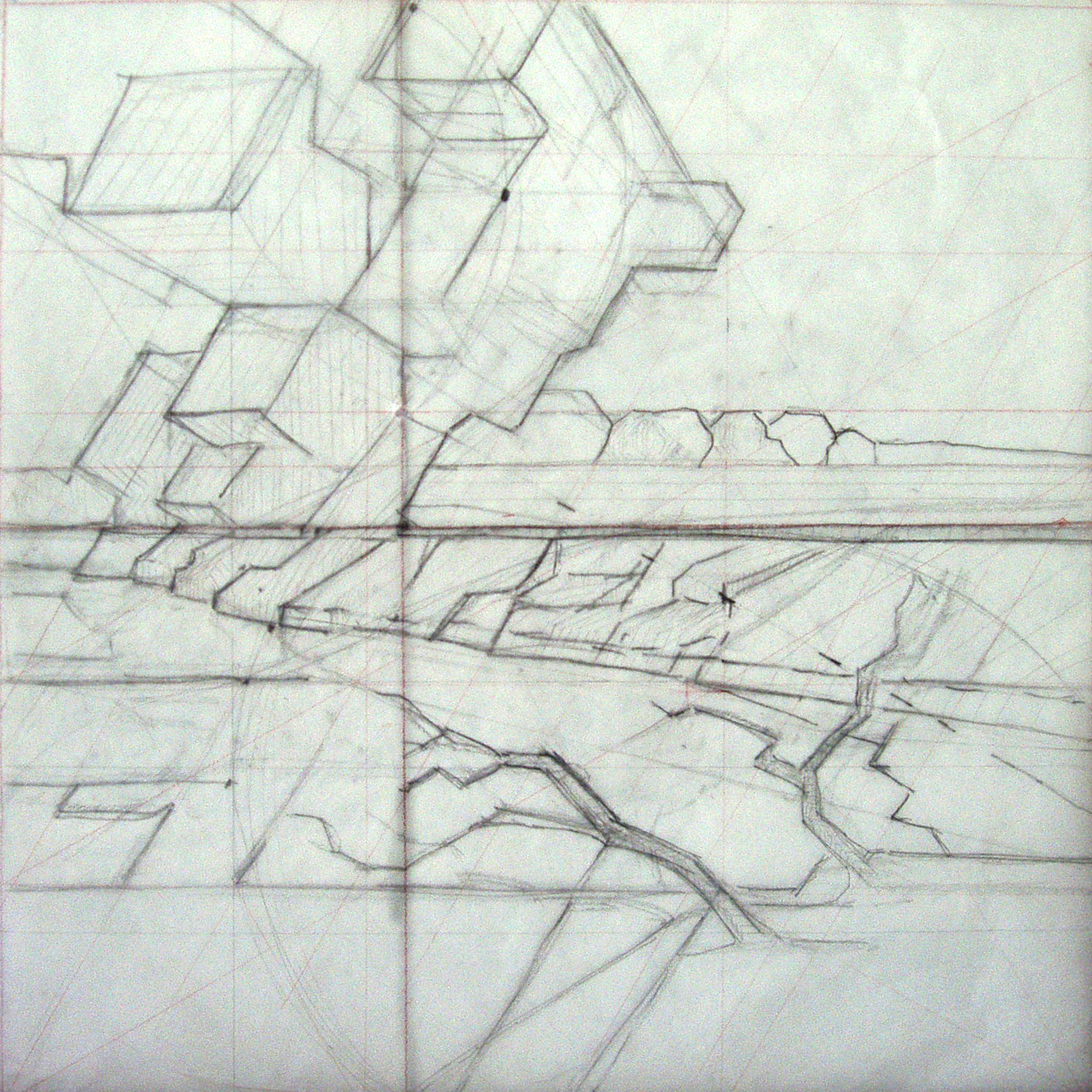
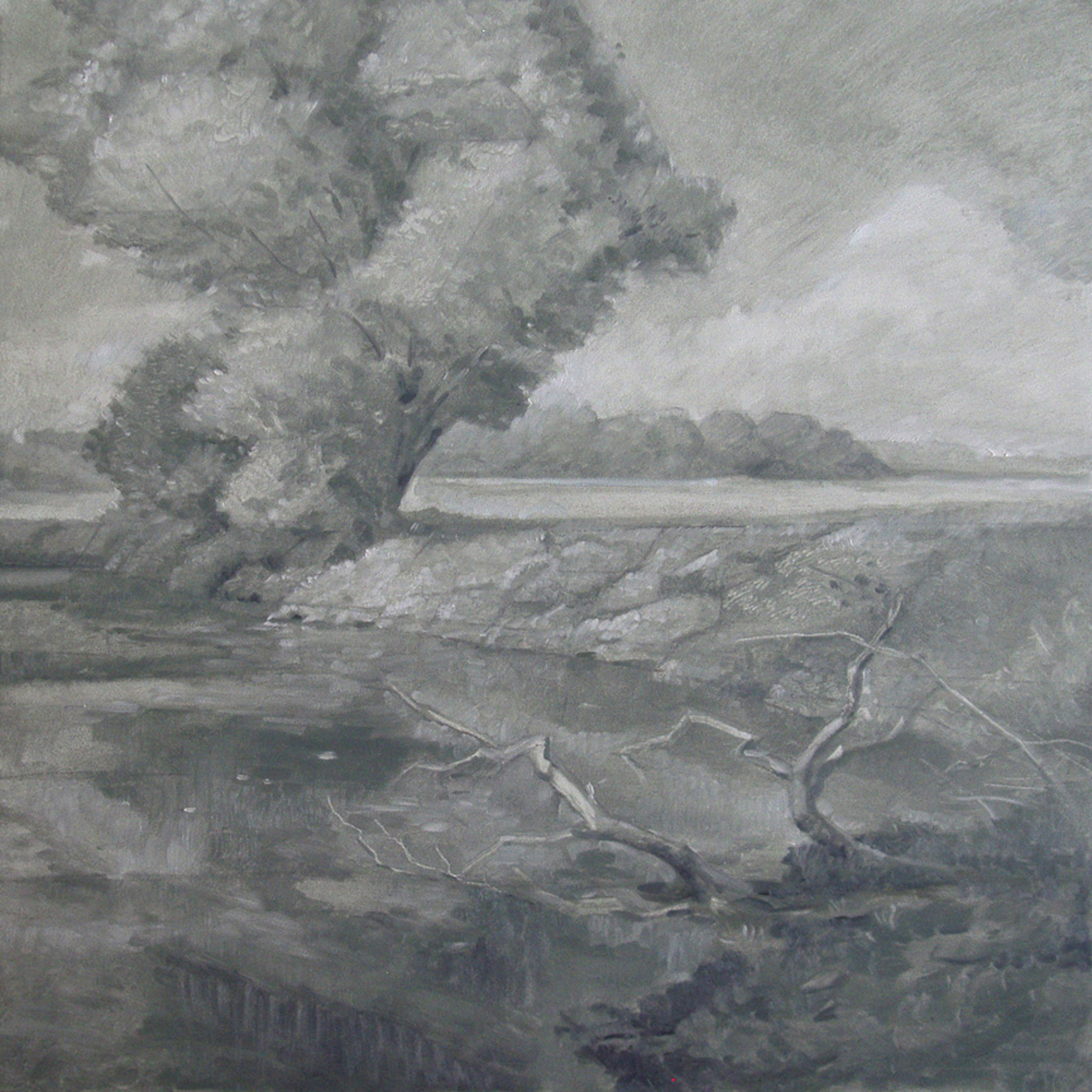
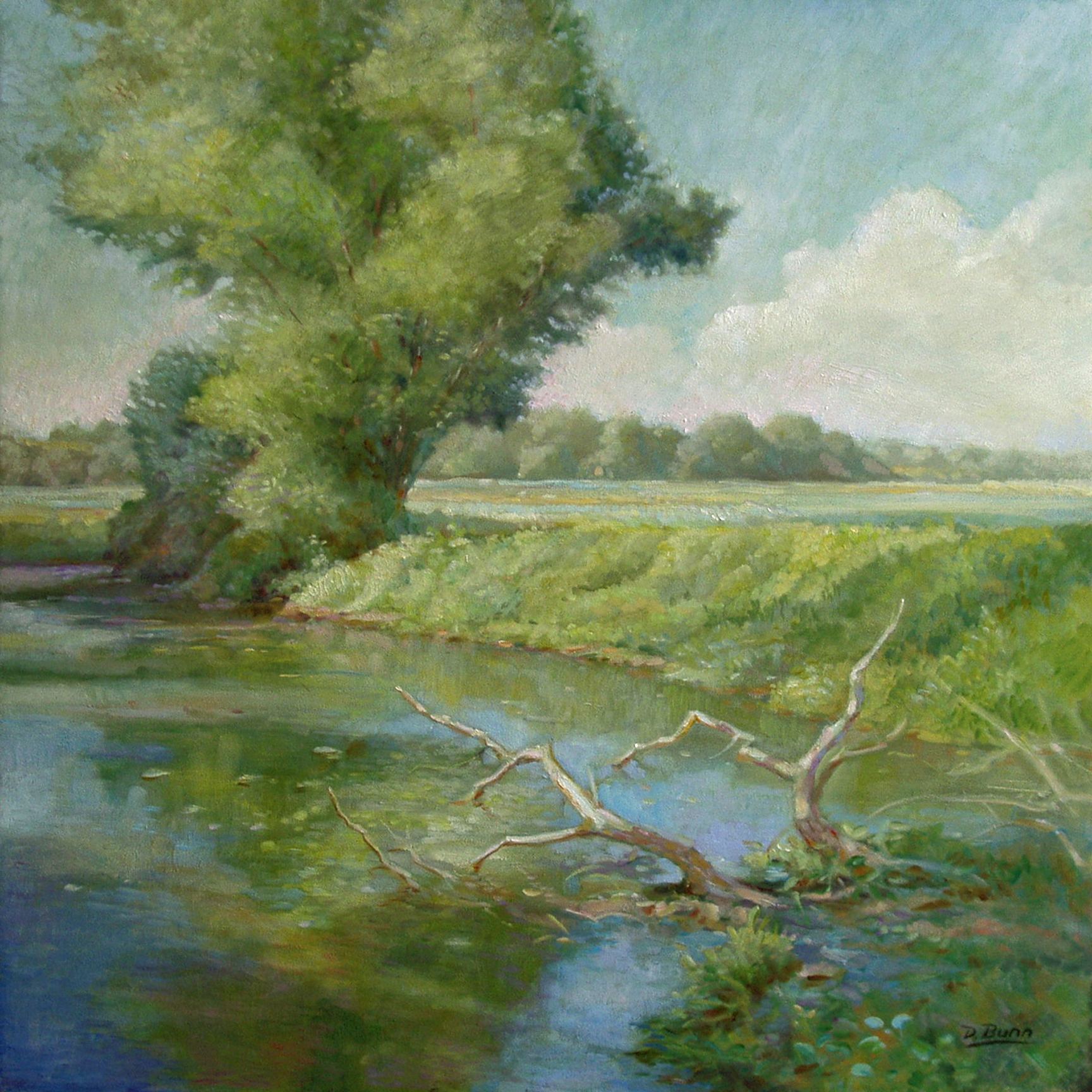
Limiting the Palette
Once the composition is established a limited palette of colors is selected. Often there will be three main colors with one hue dominating the work. Some additional hues will be added during the painting to enrich the three main colors. My love of color has resulted in drawers full of hues, but I select a limited number for each painting. I work on a circular glass palette with a neutral gray tone under it. The colors are arranged according to the spectrum of light, which helps me keep my colors clean and makes mixing more consistent.
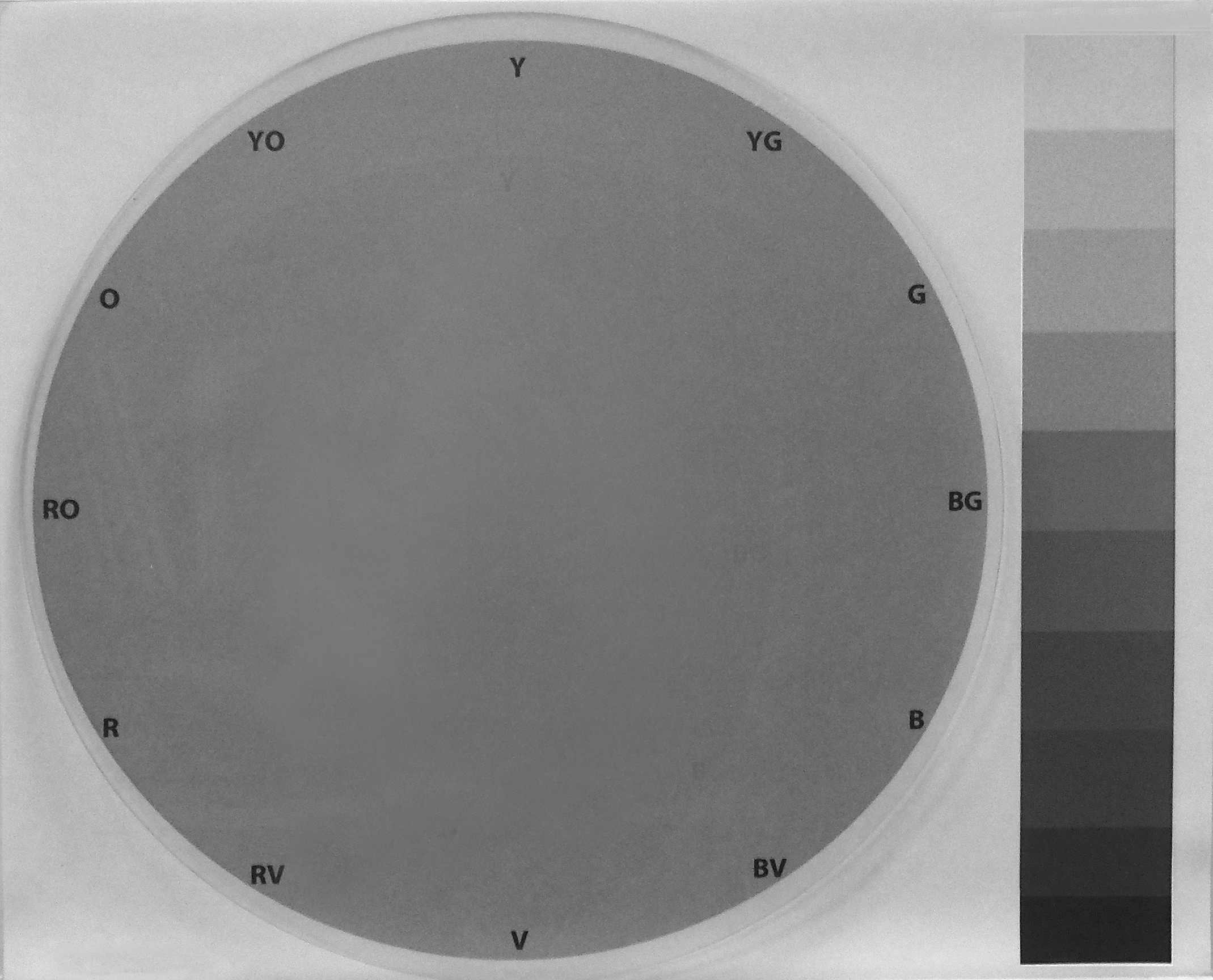
Teaching students color management with this palette arrangement has proven to be very successful for me. A poetic sense of reality can be achieved by limiting your palette to just a few colors, as has been proven by such artists as Velazquez, Whistler and Vermeer.
Balancing Skill with Soul
My method of painting is indirect. Working in layers, I gradually allow the saturation and value range to strengthen. Once into the painting all line needs to be destroyed. It is light over form that becomes my subject. The balance between technical skill and a poetic approach to the work becomes critical. Too much presence of either can destroy the moment of contemplation for the viewer.
When you attend a great theatrical performance you are captivated by the overall experience. You should not be distracted by a single actor’s efforts to be noticed. A great book is as much about the success of sentence structure as it is about the author’s unique way of communicating the story. There is always the need to balance skill with soul. A great work of art stops you in your tracks and pulls you in. You breathe the same air and somehow feel connected to the artist.
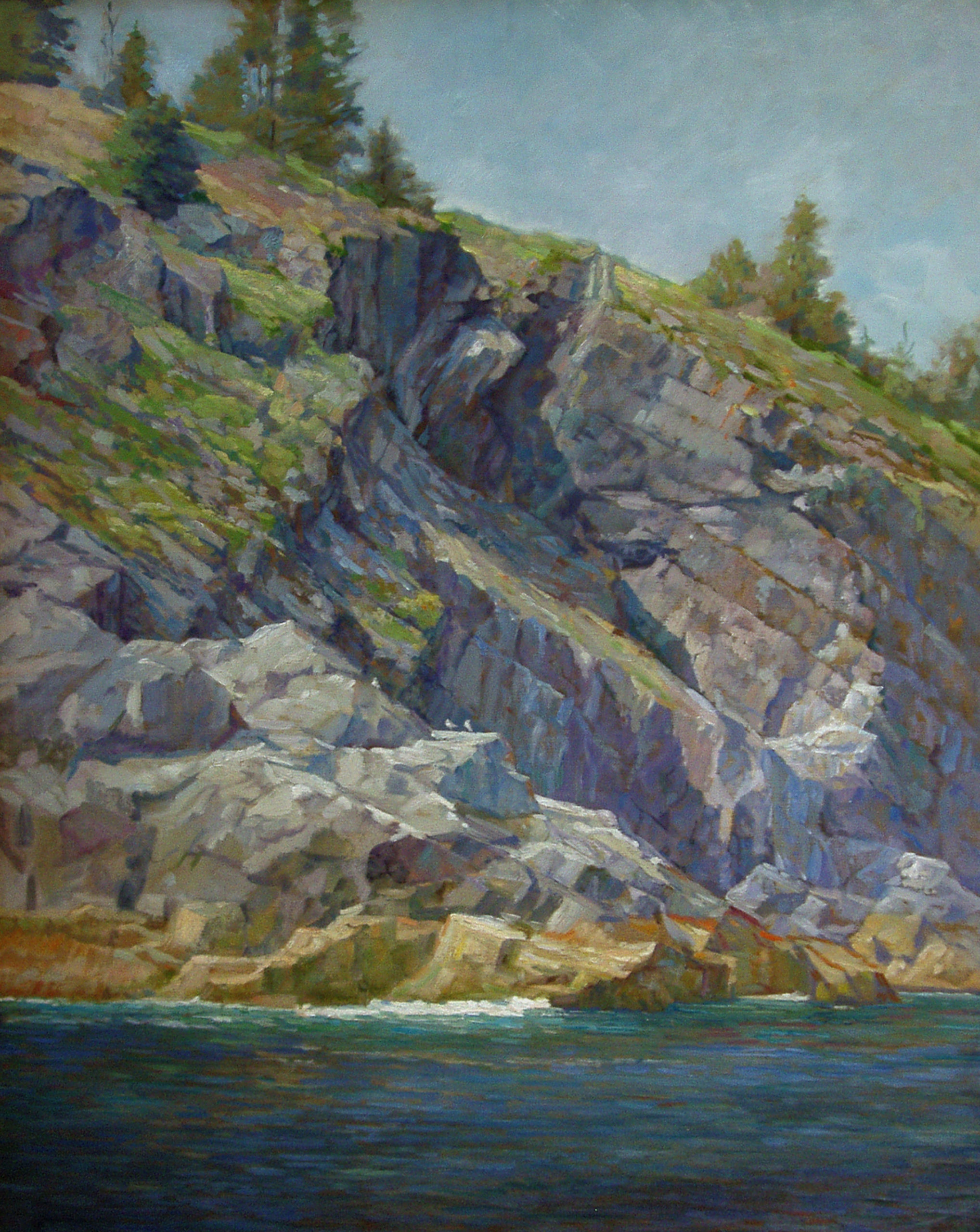
Uniqueness of Vision
In the end it seems to me that the challenge is to recognize the uniqueness of one’s own vision and then to apply that sense of who you are through intelligent selection in all stages of the work. Too often we accept quirky or different as being somehow better than beauty and poetic presence.
Students want to skip the planning stage to get to color only to be disappointed with the results. Paintings that display great technical skill but lack a human quality never really touch the soul.
Likewise paintings lacking harmony or good composition cannot stand on the artist’s enthusiasm alone. I strive to paint reality poetically reinterpreted through acquired skill and the memories left by experience.
“Cool Waters” Step-by-Step Painting Process
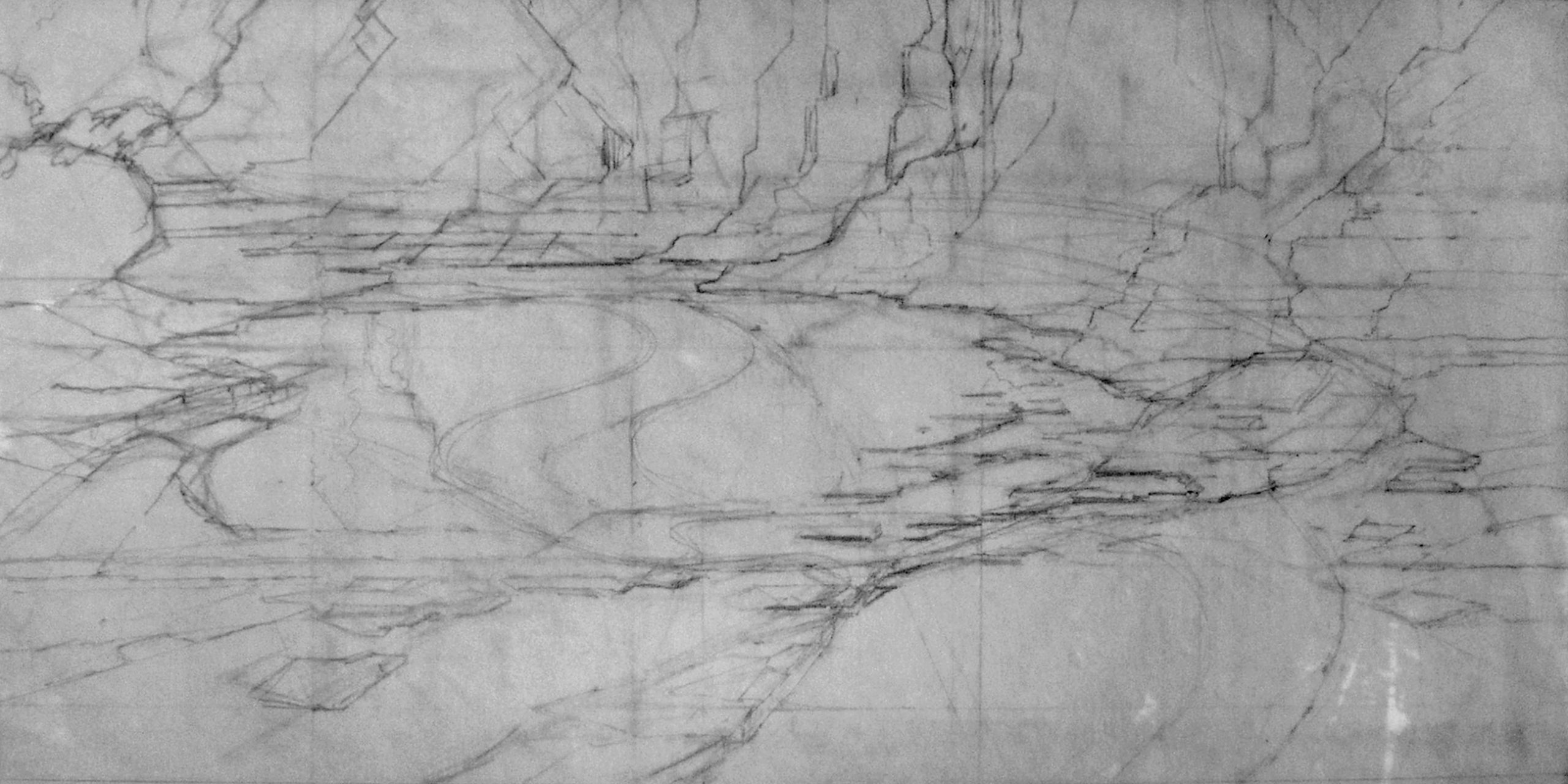
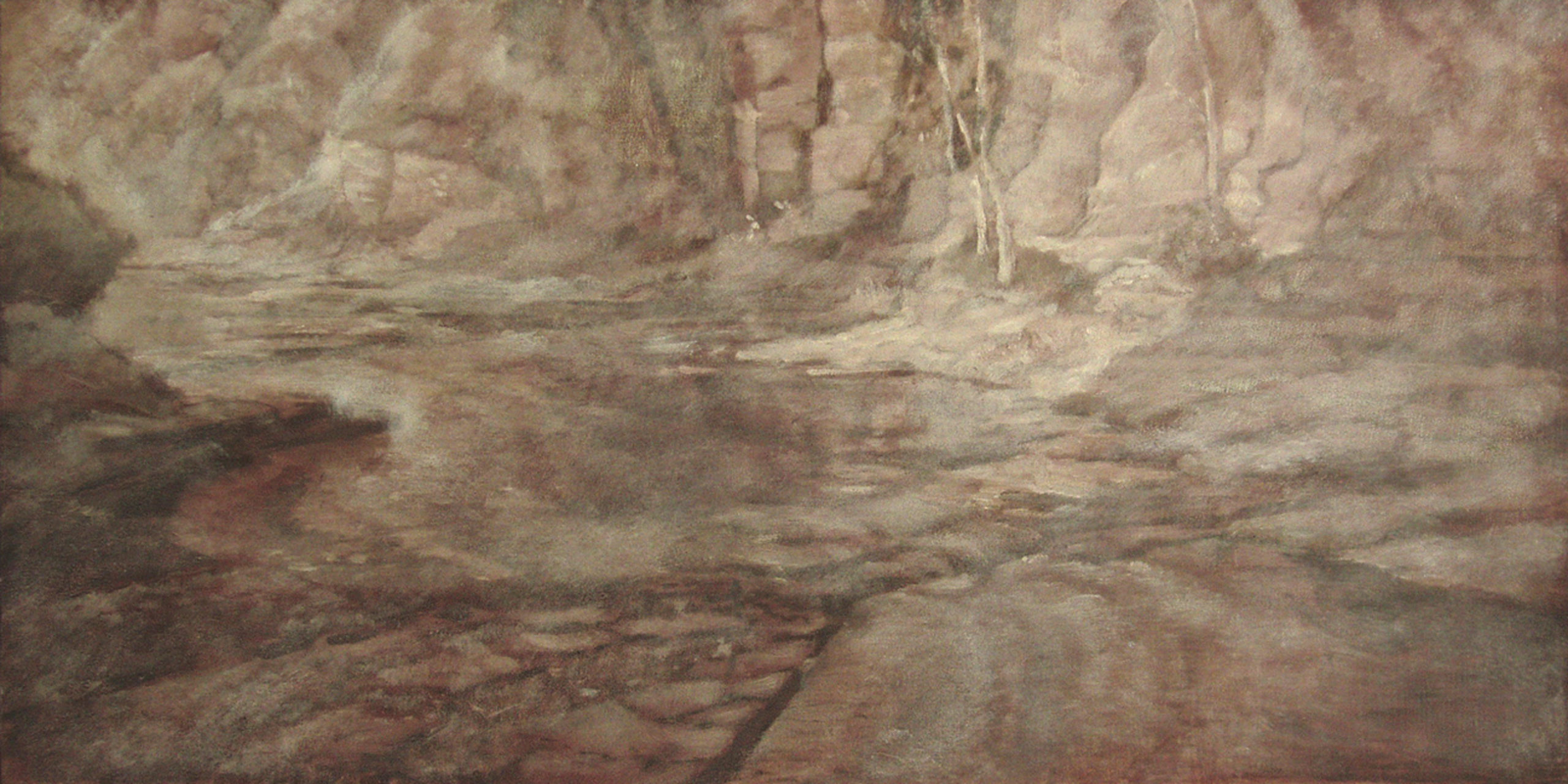
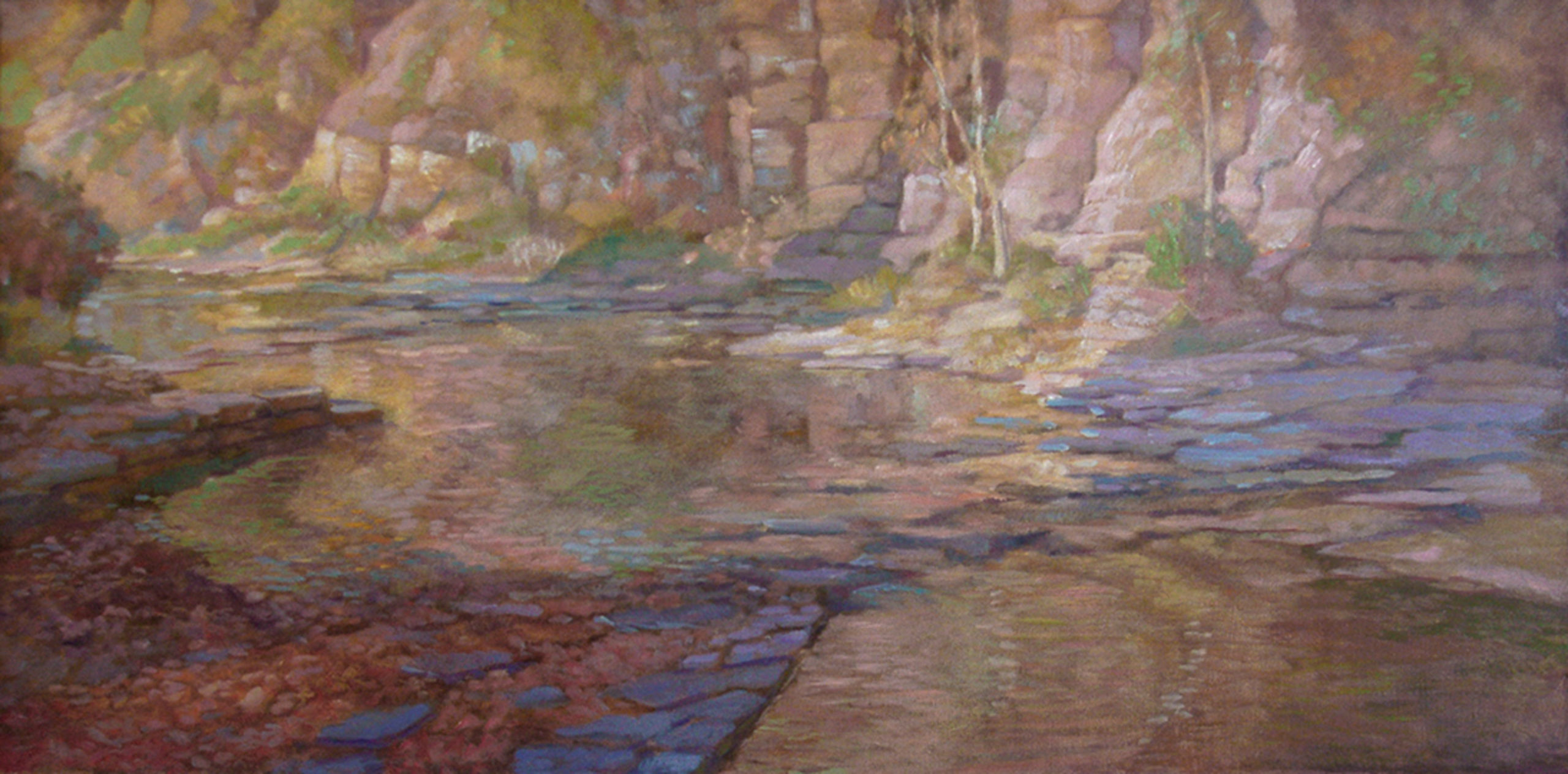
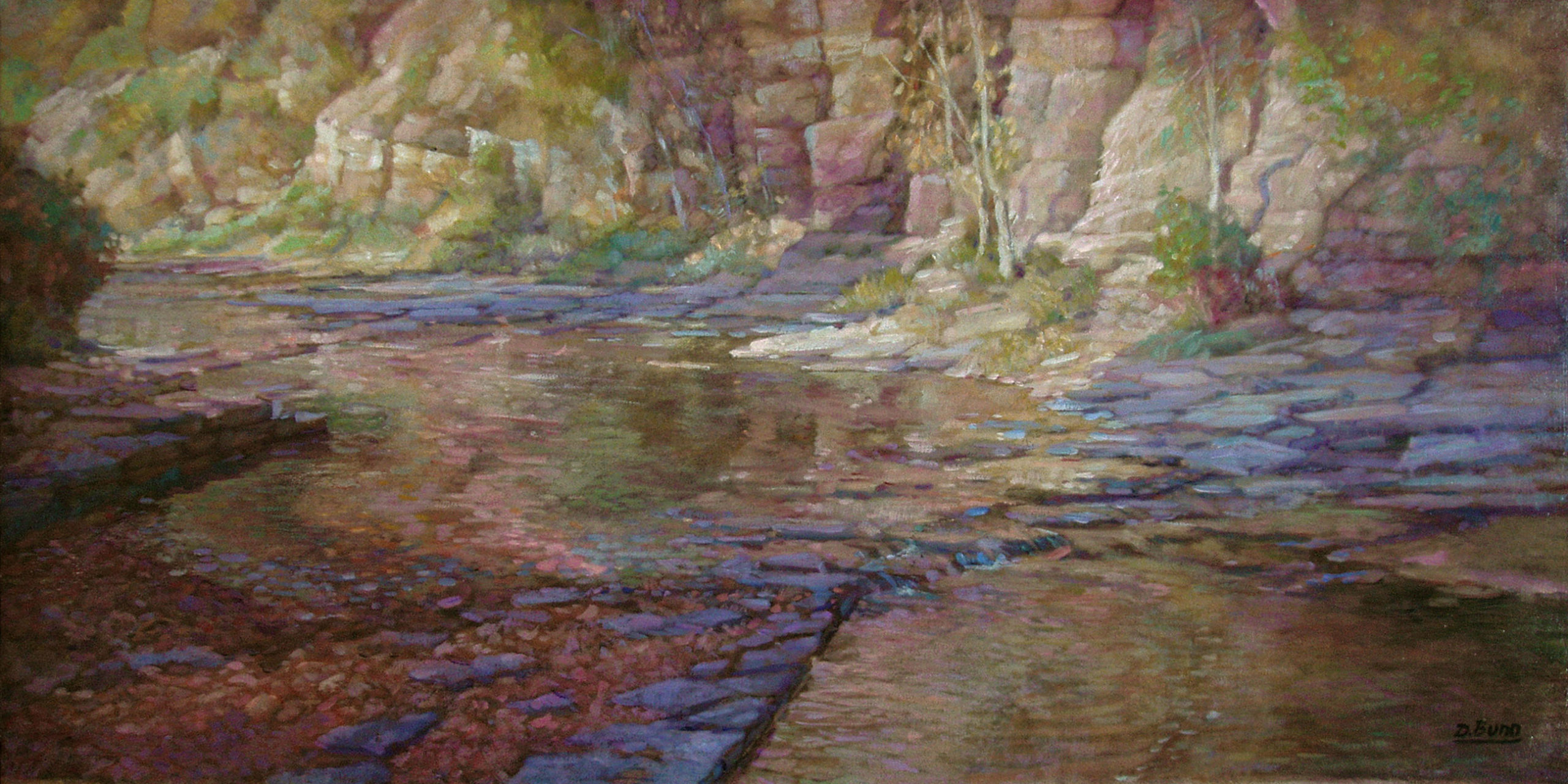
“The amateurs and those who dabble in poetry, philosophy, or painting think that these arts are clever games, played with bits and fragments of experience. But to the artist and the poet the games are life itself. Their palettes and brushes, their majors and minors are part of a harness which their souls have somehow slipped into and by means of which their lives and experiences are mysteriously transmuted into poetry, plays, music, pictures and so on.” – R.H. Ives Gammell
About the Artist: Dot Bunn is a studio painter and teacher of traditional oil painting at her Red Stone Farm Studio in Bucks County, Pennsylvania. Dot is a signature member of Oil Painters of America and an associate member of Allied Artists of America. Learn more at: www.dotbunn.com.
Visit EricRhoads.com (Publisher of Realism Today) to learn about opportunities for artists and art collectors, including: Art Retreats – International Art Trips – Art Conventions – Art Workshops (in person and online) – And More!


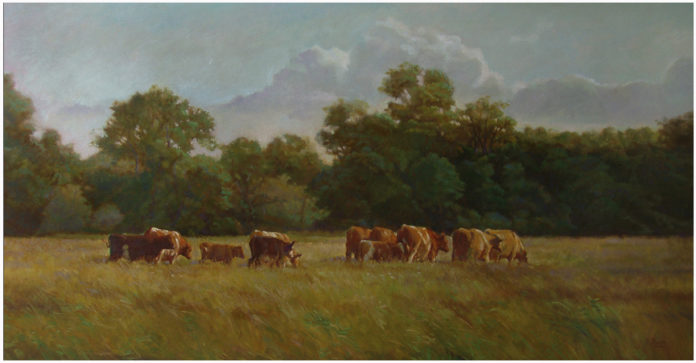




Thank you Dot. This was so informative.
Comments are closed.